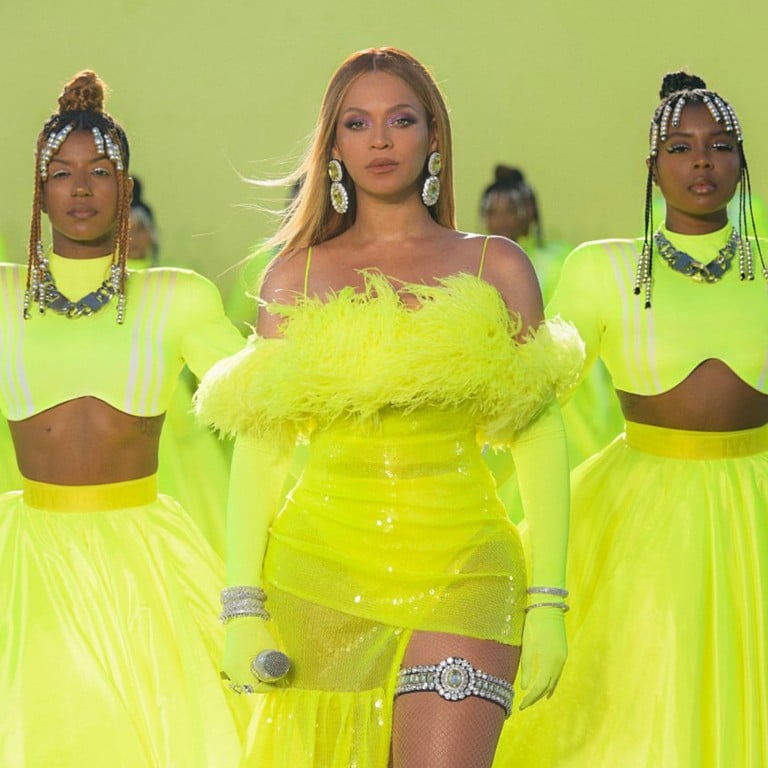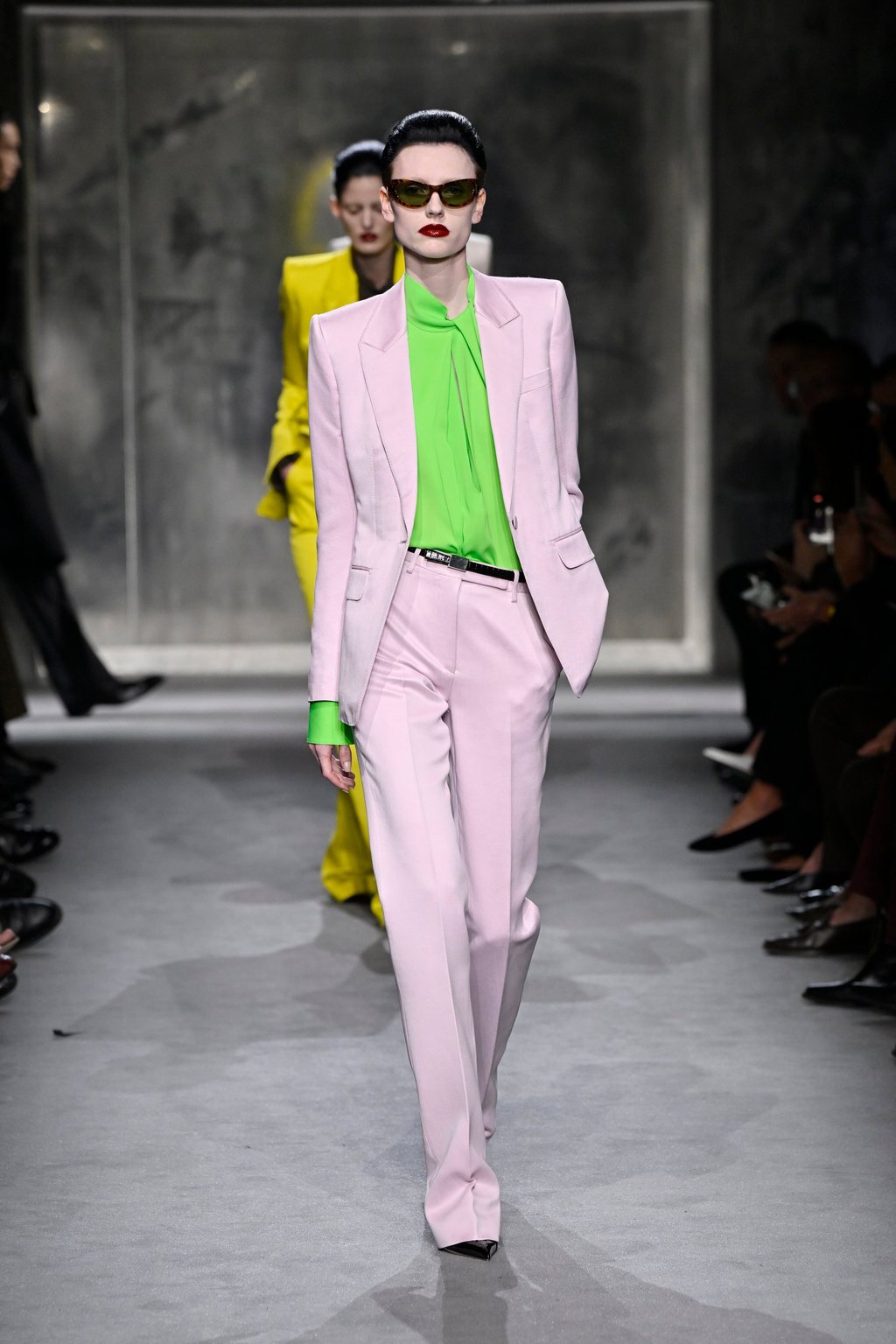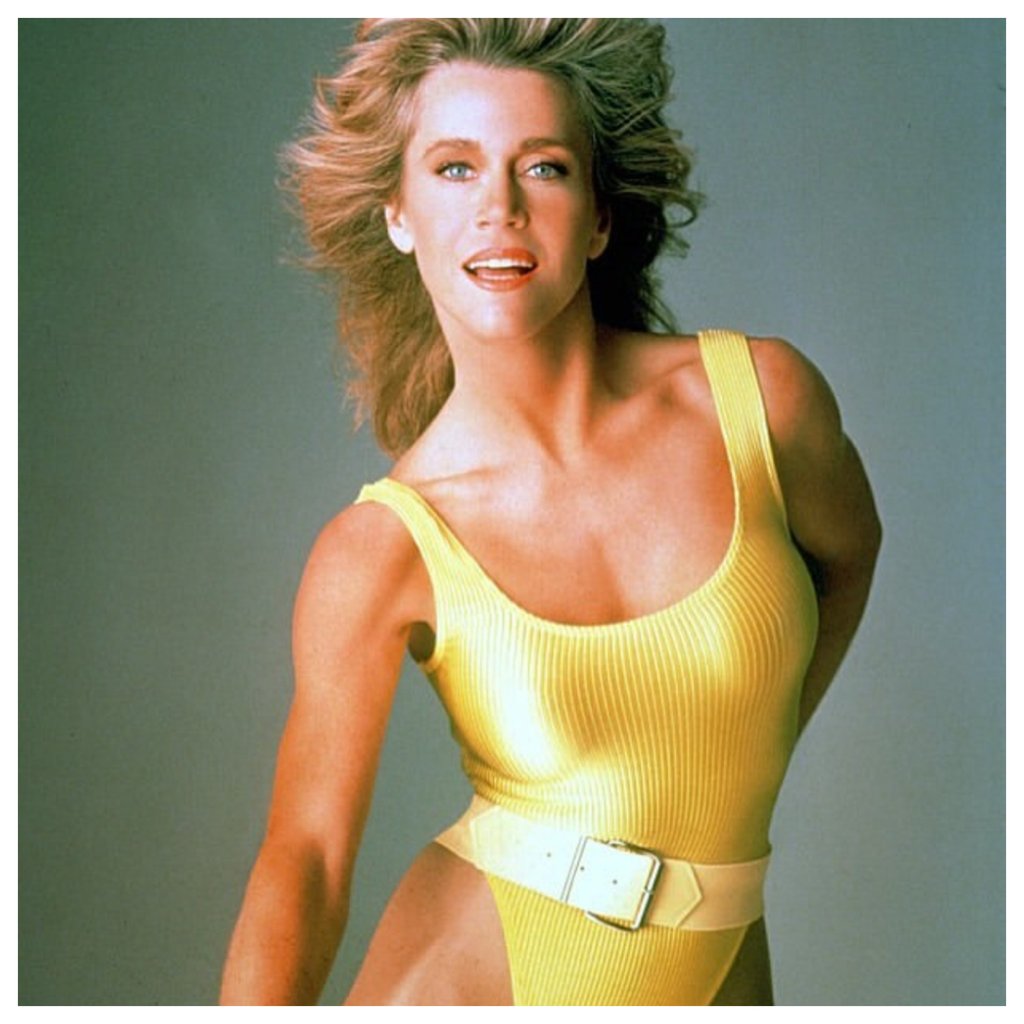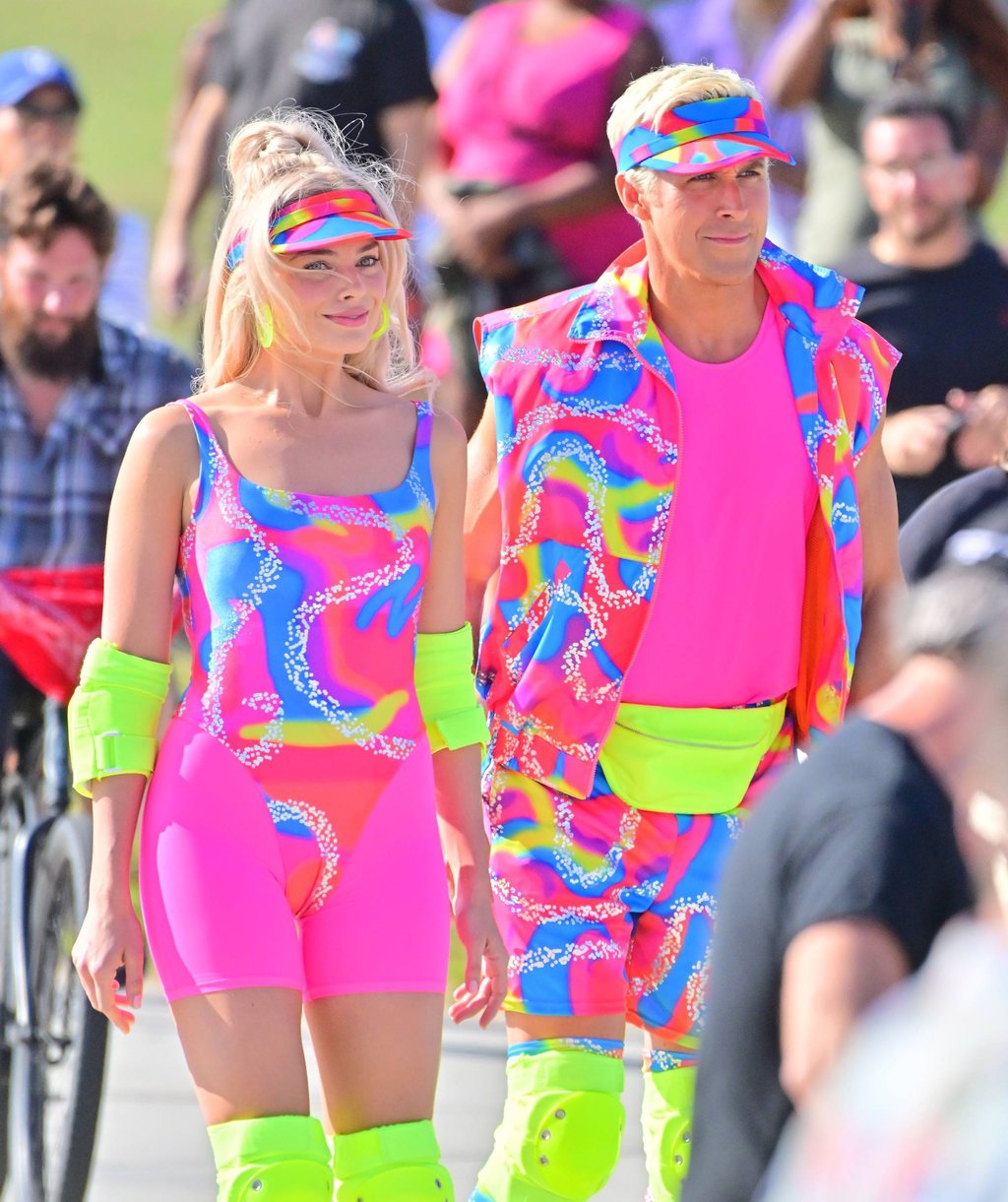Neon to the max: Timothée Chalamet’s and Zendaya’s red carpet looks built on Margot Robbie and Ryan Gosling’s Barbie brights, and Charli XCX’s Brat green, to turn the colour up to 10

Madonna’s style and Jane Fonda’s workout tapes made a splash with neon back in the 80s – now designers from Valentino to Tom Ford have brought the palette back in a big way
As these two remarkably different brands – each with its own distinctive ethos – demonstrate, neon is back and brighter than ever. Most importantly, neon dressing is now more than ever a powerful statement of self-confidence.

There’s a reason, after all, why construction workers and traffic cones are typically swathed in a shade of somewhat obnoxiously bright neon orange. The colour is unmissable – the message an unmistakable warning of traffic disruptions, lane closures and even potential danger ahead. Wearing neon colours, however intimidating they may seem, achieves an attention grab to similar effect, without all the negative connotations. Whether used sparingly or slathered head-to-toe, neon announces one’s arrival with conviction and stands as a spectrum of individuality – the way you wear it says enough about who you are.

Long before athleisure became what we know it to be today, the invention of neon coincided with another consequential fashion finding – stretchy spandex – to create that perfect storm of flashy, form-fitting but no less flexible fashion we now associate with leotards, leggings and leg warmers, which exploded in popularity during the decade thanks to home workout videos and later music videos.
Now, all shades of the neon rainbow can be found in modern sportswear and its distant cousin, streetwear, especially as it continues to cross-pollinate with high fashion (see the aforementioned Ackermann’s tie-up with athleisure giant Fila, or other high-profile collabs between brands like Off-White and Nike). Neon’s been around so long, in fact, that even as some have predicted its demise – “Are the bright shoes here to stay,” asked The New York Times in 2013, “or destined to be the acid wash jeans of tomorrow?” – it remains the colour of choice for gym-goers, joggers and athletes everywhere, from suburban streets to the Olympics.

Barron cites the film’s Barbiecore pink dressing trend – inspired by the trademark doll’s signature outfits – and its somewhat antithetical successor, the slightly off-putting chartreuse-lime shade dubbed “Brat green” for the 2024 Charli XCX album cover that inspired it, as prime examples of pop culture’s influence on consumer choices. Both neon-adjacent colours quickly made their way onto our social media feeds, into the cultural zeitgeist and yes, even into our clothes.